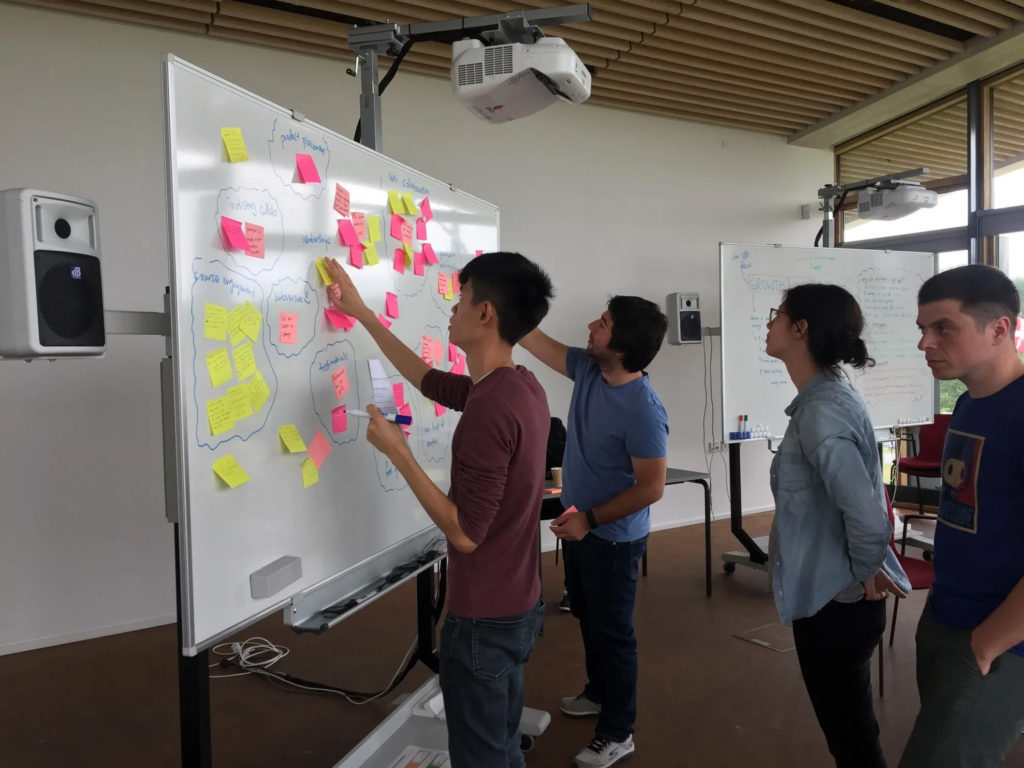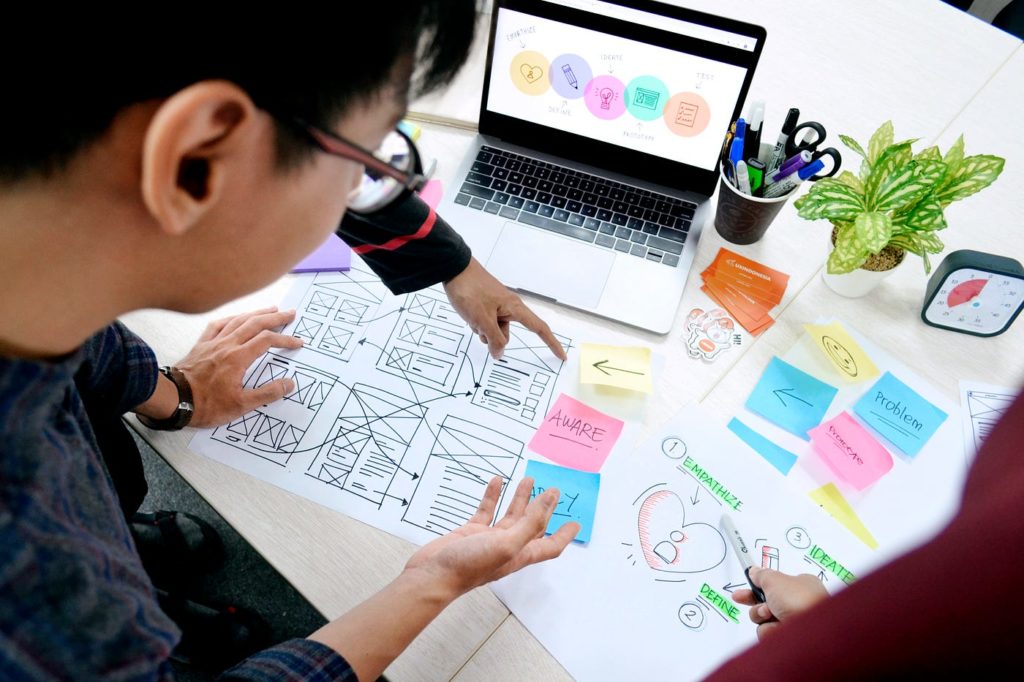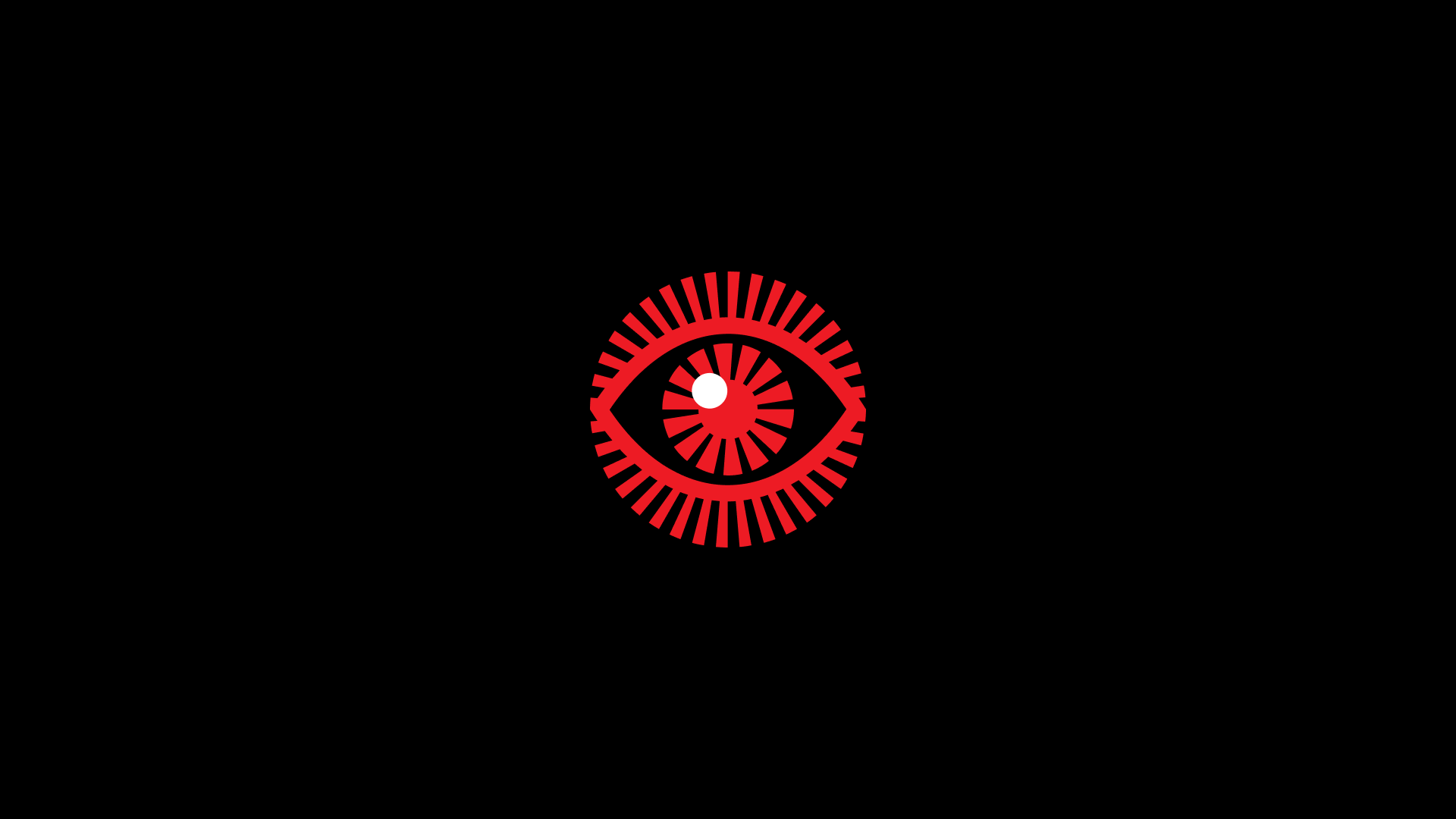When facilitated successfully, ideation is an exciting process. The goal is to generate many ideas without constraints, potentially inspiring newer, better ideas so you can cut down into the best, most practical, and innovative ones.
The main aim of the ideation stage is to use creativity and innovation to develop solutions. By expanding the solution space, you can look beyond the usual methods of solving problems to find better, more elegant, and satisfying solutions to the issues affecting a user’s product experience. Brainstorm a range of crazy, creative ideas to solve the problems you found earlier. Give yourself and your team total freedom. Let your imagination run wild. It’s more about having many ideas than making each one perfect.

Ideation is the mode of the design process in which you concentrate on idea generation. Mentally, it represents a process of “going wide” regarding concepts and outcomes. Ideation provides both the fuel and the source material for building prototypes and getting innovative solutions into the hands of your users.
Successful ideation requires preparation, including selecting appropriate techniques tailored to the team’s composition and the problem’s complexity. Additionally, establishing an open and safe collaborative environment is critical to ensuring all team members feel comfortable sharing their ideas freely.
There are several ideation techniques you can use:
A group technique that encourages the free flow of ideas, no matter how outrageous they may seem. The goal is to generate many ideas that can be refined for quality later.
Mind Mapping
A visual tool used to structure information. It aids designers in visualizing their thoughts, organizing ideas, and identifying connections.
Storyboarding
A technique that helps designers to visualize the user journey and understand the problem from a user’s perspective. It encourages empathy and gives clarity on the challenges faced by users.
Prototyping
A preliminary version of the product that allows designers to bring their ideas to life. It will enable designers to validate their ideas and iterate based on feedback.
This method helps designers rethink and reinvent a product by asking targeted questions. SCAMPER stands for Substitute, Combine, Adapt, Modify, Put to another use, Eliminate, and Reverse.
A method that encourages structured brainstorming by looking at a problem from six different perspectives: Information (White), Emotions (Red), Discernment (Black), Optimistic response (Yellow), Creativity (Green), and Process (Blue).

Many organizations don’t fully recognize ideation as a crucial part of the design process. Teams find it hard to get support from management for user research and idea-generating sessions and involve a mix of experts to develop various ideas. Even when teams manage short brainstorming sessions, they struggle with teamwork, managing the sessions, and choosing the proper methods. However, everyone agrees that generating diverse ideas leads to better designs. We need more time and better techniques to do it well.
Resources
↗ Design Thinking: The Ultimate Guide
↗ Design Thinking Process: Ideate
↗ Ideation for Everyday Design Challenges
↗ Ideation in Practice: How Effective UX Teams Generate Ideas
↗ How to Succeed in the Ideate Stage of Design Thinking
↗ Ideation Techniques for a One-Person UX Team

